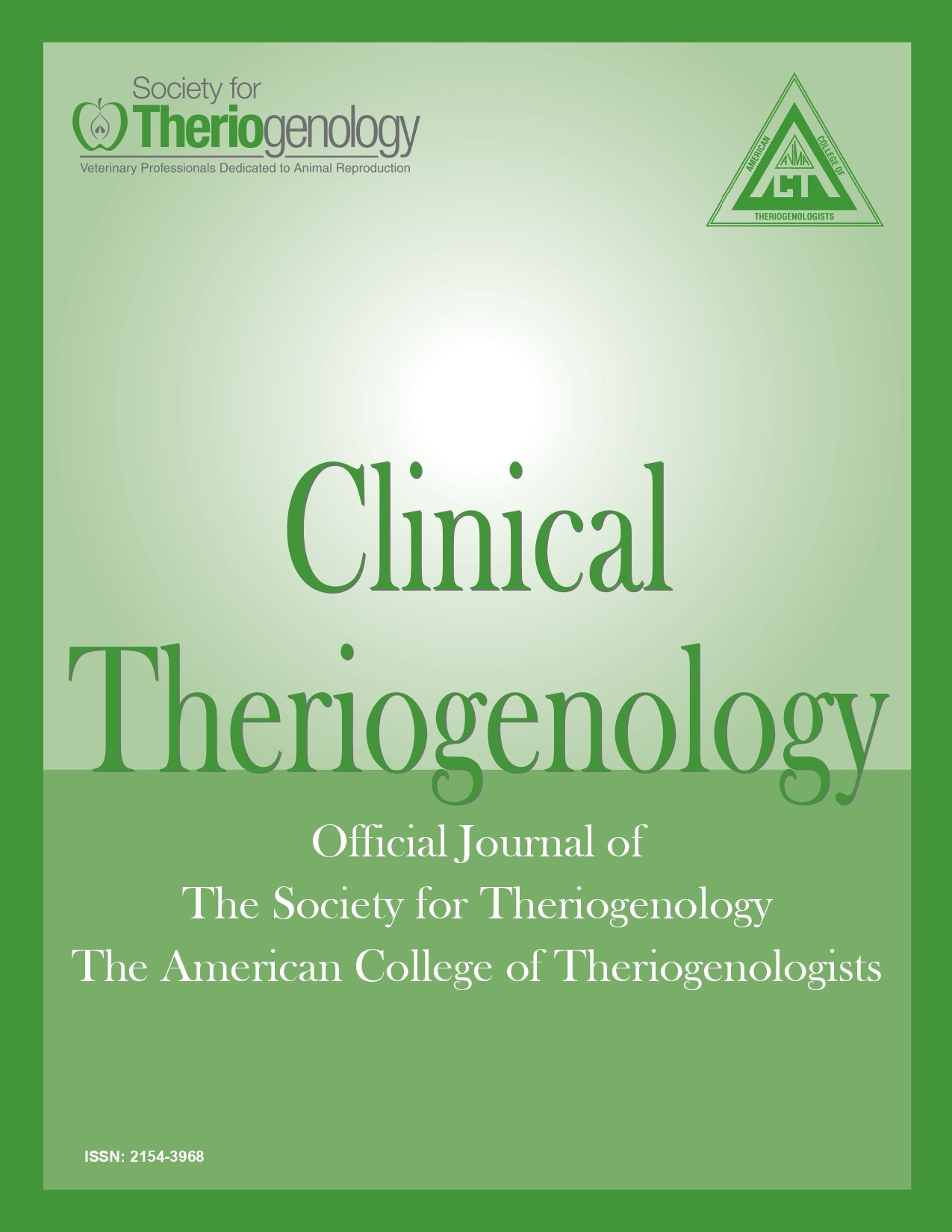Failure of pregnancy in dogs and cats
Abstract
Failure of pregnancy in dogs and cats is approached as a diagnostic investigation of an individual animal. It begins with a preliminary
discussion on zoonotic disease and expectations (seldom is the case) of evaluation. General approach from a pathology
point of view is to identify potential infectious causes of pregnancy failure and to correlate these observations with lesions. Potential
infectious agents include eubacteria, fungi, viruses and protists. When infectious causes have been ruled out, the focus is
then on noninfectious causes and particularly those with lesions. Maternal evaluation, including endometrial biopsy after uterine
involution, is part of the investigation. Special effort should be made to collect umbilical arteries and lungs of fetus, and fetal
membranes around the marginal hematoma. Failure of pregnancy due to noninfectious causes without lesions contributes to a
large percentage of cases, suggesting maternal, paternal, molecular, nutritional, or toxic causes.
Downloads

This work is licensed under a Creative Commons Attribution-NonCommercial 4.0 International License.
Authors retain copyright of their work, with first publication rights granted to Clinical Theriogenology. Read more about copyright and licensing here.





